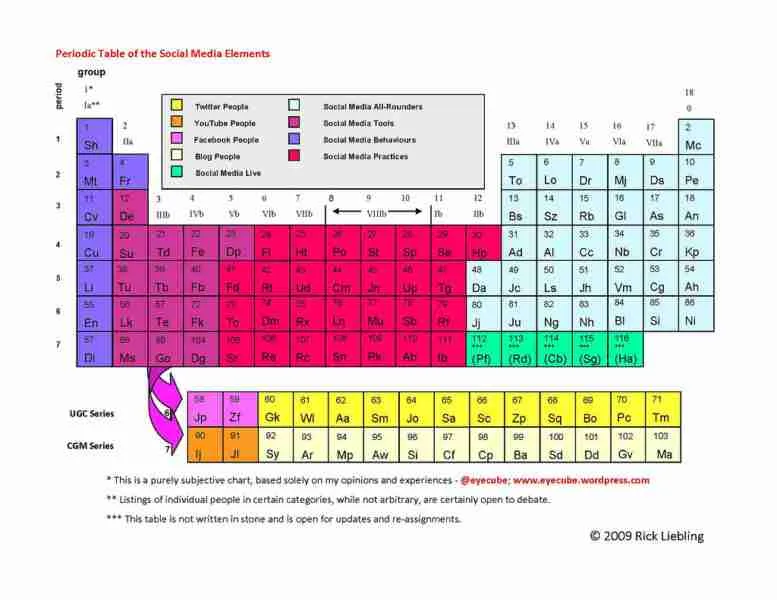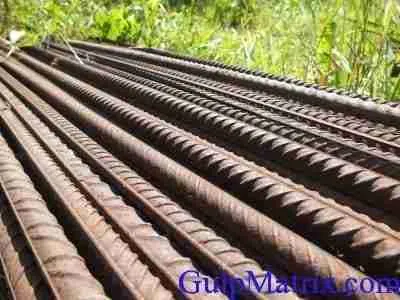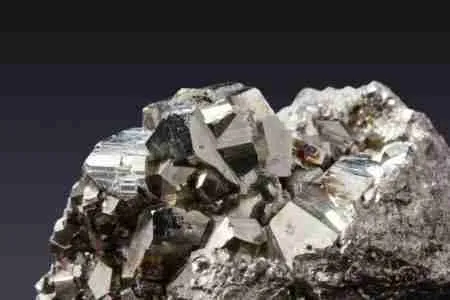Catalytic Properties and Uses of Transition Elements

Many transition metals and their compounds have catalytic properties that have found great uses on the chemical industry and in laboratories. Some of the more important catalytic properties and uses of transition elements are listed here:
| TiCl3 | Used as the Ziegler – Natta catalyst in the production of polythene. |
| V2O5 | Converts SO2 to SO3 in the Contact process for making H2SO4 |
| MnO2 | Used as a catalyst to decompose KCIO3 to give O2 |
| Fe | Promoted iron is used in the Haber – Bosch process for making NH3 |
| FeCl3 | Used in the production of CCl4 from CS2 and Cl2 |
| FeSO4 and H2O2 |
Used as Fenton’s reagent for oxiding alcohols to aldehydes |
| PdCl2 | Wacker process for converting C2H4 + H2O + PdCl2 to CH3CHO + 2HCl + Pd |
| Pd | Used for hydrogenation (e.g. phenol to cyclohexanone) |
| Pt/Pto | Adams catalyst, used for reductions |
| Pt | Formerly used for SO2 SO3 in the Contact process for making H2SO4 |
| Pt | Is increasingly being used in three stage – convertors for cleaning car exhaust fumes |
| Pt/Rh | Formerly used in the Ostwald process for making HNO3 to oxidize NH3 to NO |
| Cu | Is used in the direct process for manufacture of (CH3)2SiCl2 used to make silicones |
| Cu/V | Oxidation of cyclohexanol/cyclohexanone mixtures to adipic acid which is used to make nylon-66 |
| CuCl2 | Deacon process of making Cl2 from HCl. |
| Ni | Raney nickel, numerous reduction processes (e.g manufacture of hexamethylenediamine, production of H2 from NH3 reducing anthraquinone to anthraquinol in the production of H2O2) |
| Ni complexes | Reppe synthesis (polymerization of alkynes, e.g. to give benzene or cyclooctatetraene) |
In some cases the transition metals with their variable valency may form unstable intermediate compounds. In other cases the transition metal provides a suitable reaction surface.
The catalytic properties and uses of transition elements can further be seen among enzymes. Enzymes are catalysts that enhance the rates of specific reactions. They are proteins and are produced by living cells from amino acids. They work under mild conditions often give 100% yields and may speed a reaction by 106 and 1012 times. Some enzymes require the presence of metal ions as cofactors and these are called metalloenzymes. Many (but not all) metalloenzymes contain a transition metal. Some metalloenzymes are listed in table below
Nonstoichiometry
A further feature of the transition elements is that they sometimes form nonstoichiometric compounds. These are compounds of indefinite structure and proportions. For example, iron(II) oxide FeO should be written with a bar over the formula FeO to indicate that the ratio of Fe and O atoms is not exactly 1 : 1 analysis shows that the formula varies between Fe0.94O and Fe0.84O. Vanadium and selenium form a series of compounds ranging from VSe0.98 to VSe2. These are given the formulae:
VSe (VSe0.98 VSe1.2)
V2Se3 (VSe1.2 VSe1.6)
V2Se4 (VSe1.6 VSe2)
Nonstoichiometry is shown particularly among transition metal compounds of the Group 16 elements (O, S, Se, Te). It is mostly due to the variable valency of transition elements. For example copper is precipitated from a solution containing Cu2+ by passing in H2S. The sulphide is completely insoluble, but this is not used as a gravimetric method for analyzing for Cu because the precipitate is a mixture of CuS and Cu2S. sometimes nonstoichiometry is caused by defects in the solid structures.
MetalloEnzymes and MetalloProteins(MetalloProteins are in Brackets)
| Metal | Enzymes/metalloprotein | Biological function |
| Mo | Xanthine oxidase
Nitrate reductase |
Metabolism of purines
Utilization of nitrates |
| MnII | Arginase
Phosphotransferases |
Urea formation
Adding or removing PO43- |
| FeII or FeIII | Aldehyde oxidase
Catalase Peroxidase Cytochromes Ferredoxin (Haemoglobin) Succinic dehydrogenase |
Oxidation of aldehydes
Decomposes H2O2 Decomposes H2O2 Electron transfer Photosynthesis O2 transport in higher animals Aerobic oxidation of carbohydrates |
| Fe and Mo | Nitrogenase | Fixation of dinitrogen |
| Co | Glutamic mutase Ribonucleotide reductase | Metabolism of amino acids
Biosynthesis of DNA |
| CuI or CuII | Amine oxidases
Ascorbate oxidase Cytochrome oxidase Galactose oxidase Lysine oxidase Dopamine hydroxylase
Tyrosinase Ceruloplasmin (Haemocyanin) plastocyanin |
Oxidation of amines
Oxidation of ascorbic acid Principal terminal oxidase Oxidation of galactose Elasticity of aortic walls Producing noradrenaline to generate nerve impulses in the brain Skin pigmentation Utilization of Fe O2 transport in invertebrates Photosynthesis |
| ZnII | Alcohol dehydrogenase
Alkaline phosphatase Carbonic anhydrase
Carboxypeptidase |
Metabolism of alcohol
Releasing PO43- Regulation of pH and CO2 formation Digestion of proteins |


